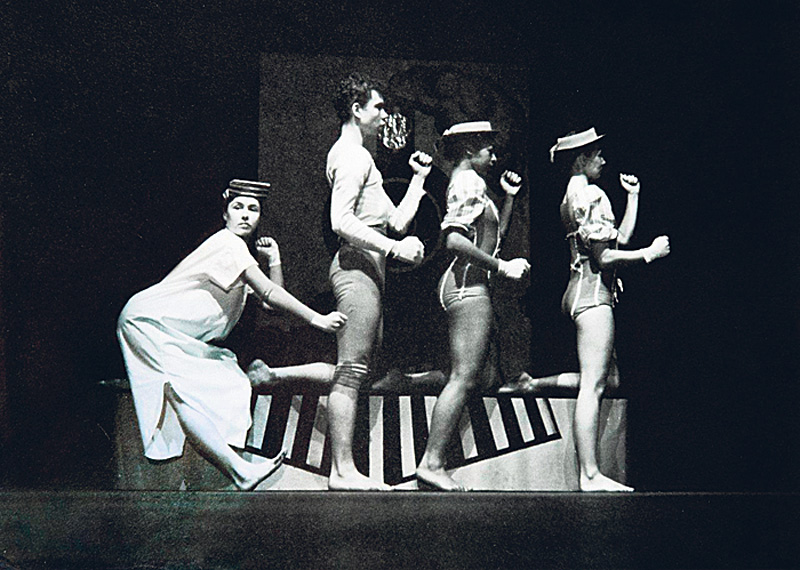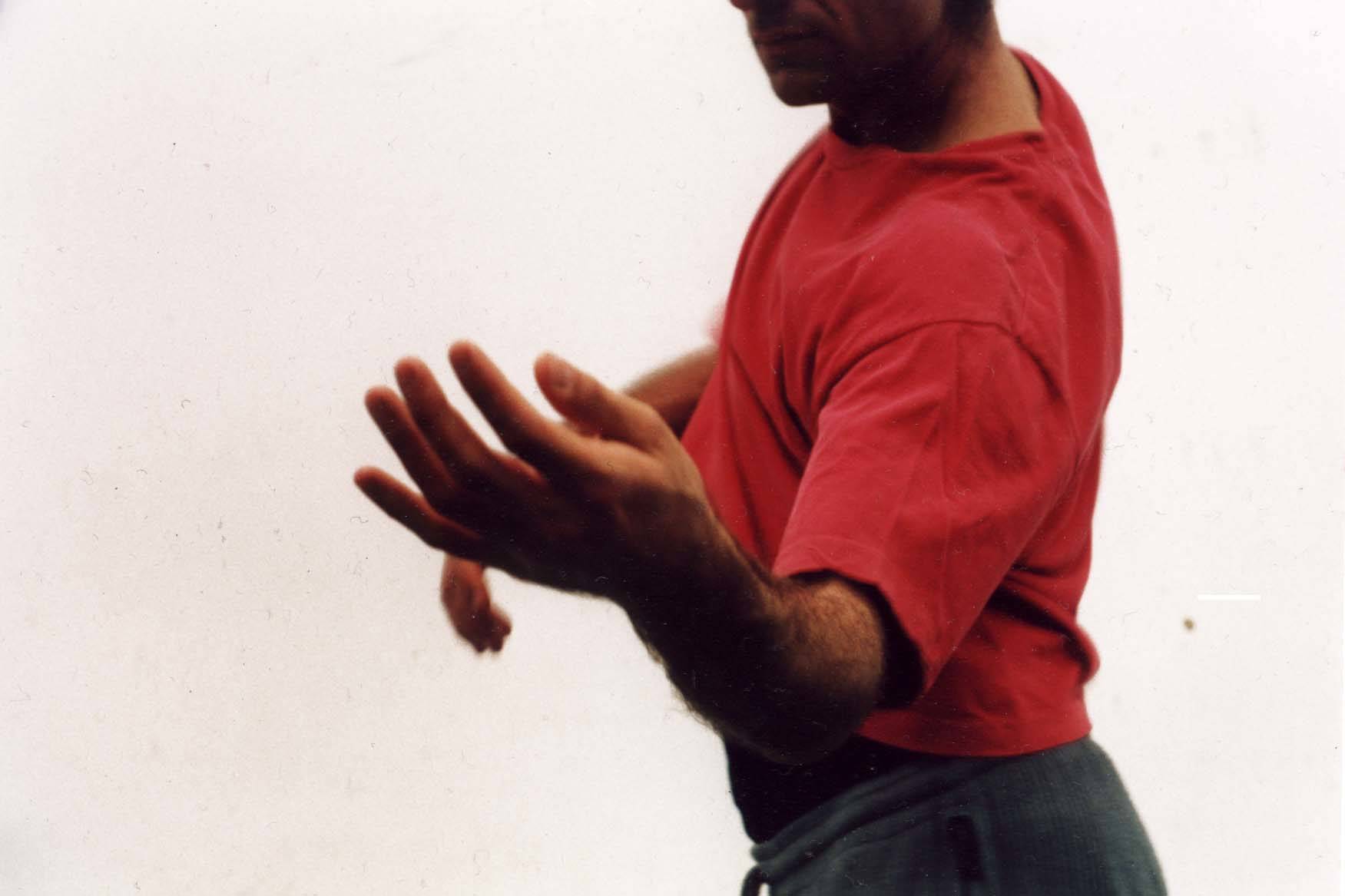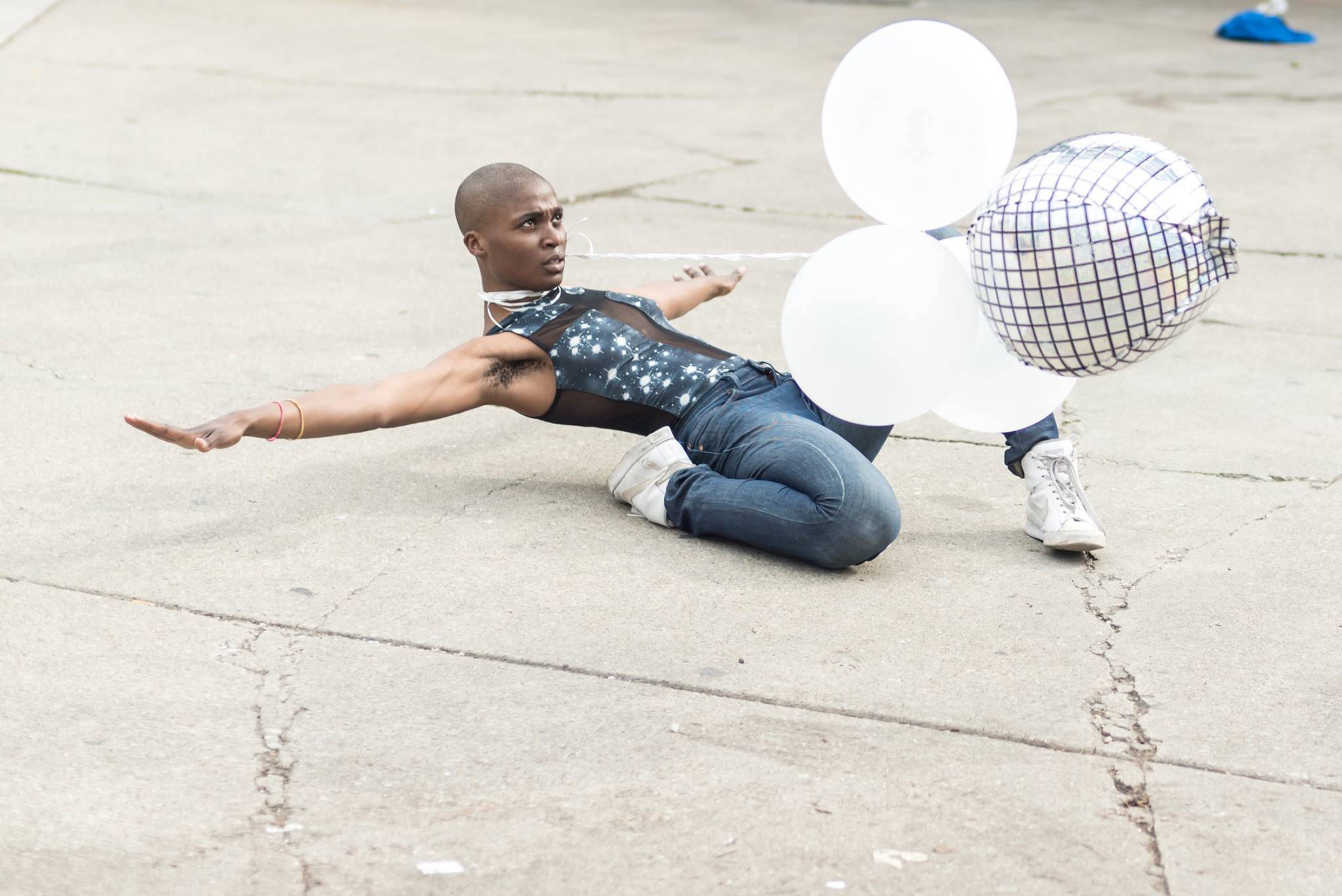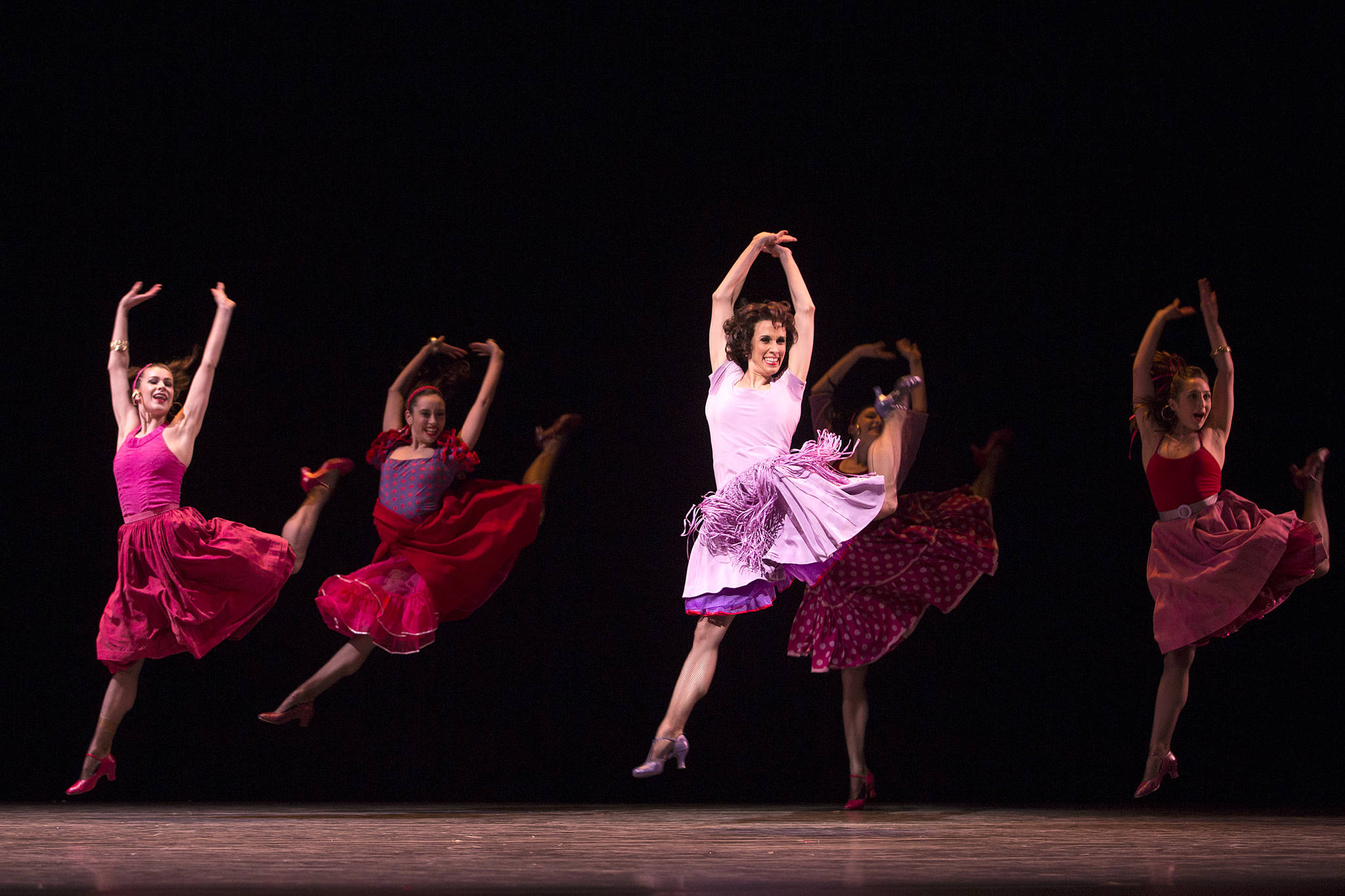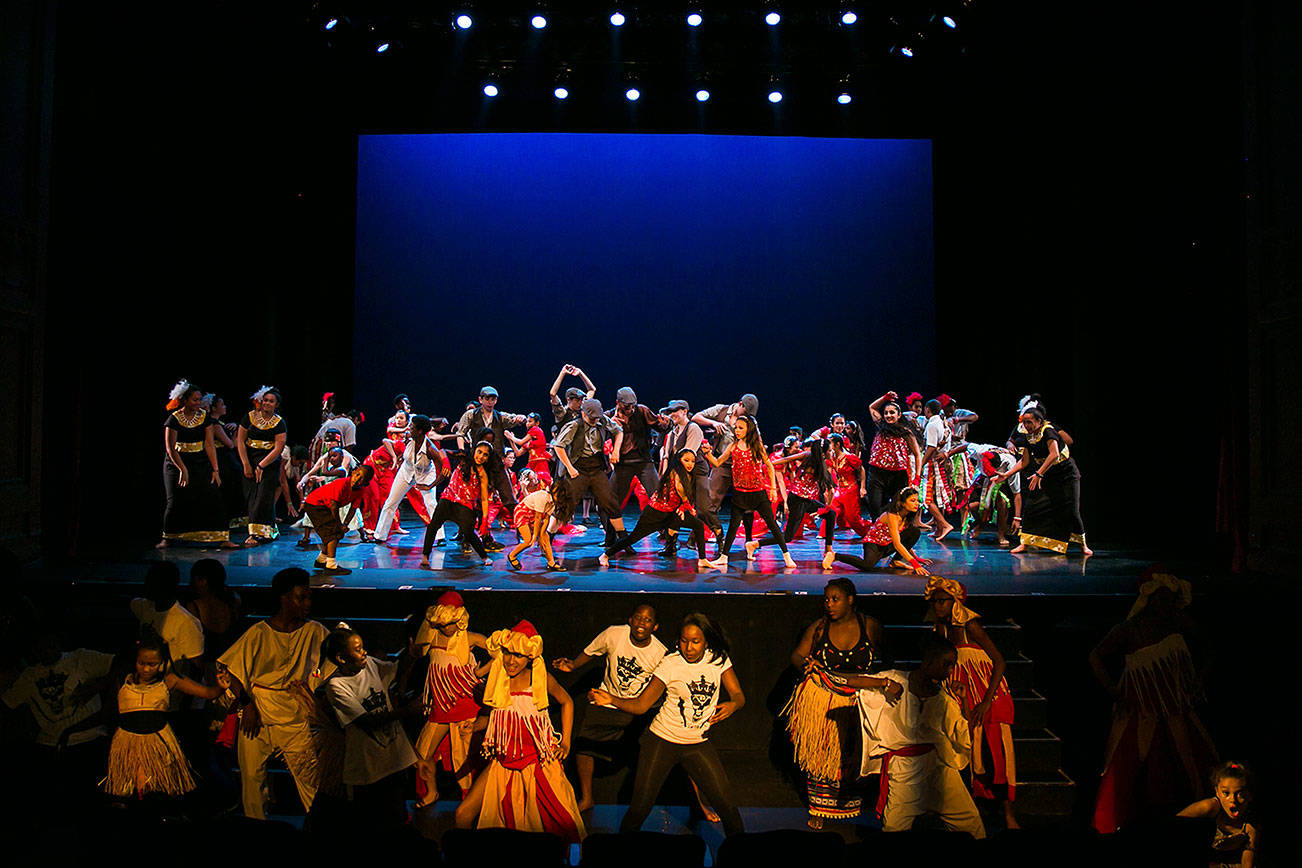Prior to his death in 2009, Merce Cunningham announced a plan for after he was gone. Unlike choreographers such as Martha Graham, Alvin Ailey, or José Limon, he would not have his namesake dance company continue in perpetuity. Instead, he said, the group would make a single farewell tour and then disband. There would be no attempt to keep his works together in an active repertory—instead, they might be taught in schools, or studied on video, or performed in what he called minEvents.
It was an unusual coda, and in that sense completely in keeping with an artist who had spent the majority of his career breaking the rules of traditional dance-making. Cunningham was the most radical of choreographers, unhitching dance from music, from traditional stagecraft, and from the formal structures of beginning, middle, and end that we’d had with us since the Greeks. Whether by tossing coins to determine movements (as his friend and collaborator John Cage did with sound) or working independently from a composer and hearing the music for the first time at a dance’s opening performance, Cunningham depended more on the serendipity of nature than on his own volition.
A native of Centralia, he started his career at Cornish, where he was a student in the 1930s, and it’s Cornish that is one of the first sites for this new phase of his legacy. The “minEvent” underway this fall mirrors the “Events” that Cunningham organized, for which he used chance procedures to select chunks from several of his pieces and combined them into a singular hour-long performance. For the minEvent’s 20-minute version, Cornish dance students are learning three full Cunningham pieces—Enter (1993), Fabrications (1987), and Roaratorio (1983)—and Patricia Lent, a former member of Cunningham’s company who danced in the first cast of all three works, will stage them in a series of performances, with the process of recombination happening anew each time. Cornish music-faculty member Jarrad Powell will lead the Indeterminacy Ensemble, a student group formed for the project, in similarly randomized works by Cage.
These performances are just one part of a school-year-long program, with free admission, celebrating Cornish’s most famous alum. In Cornish’s Main Gallery are archival photos of Cunningham as a student, as well as set designs and stage props, like those for Andy Warhol’s Silver Clouds—delicate Mylar balloons used in the 1968 dance Rain Forest, performed around the world by the Cunningham company during multiple tours. Composer/musicians Stuart Dempster and Trimpin, who both collaborated with Cunningham, will perform at various times in the gallery. And the Seattle Art Museum will screen Craneway Event, a 2009 film by Tacita Dean documenting one of Cunningham’s last projects.
The Cunningham company itself is currently seven months into its two-year “Legacy Tour,” and Seattle may yet get a visit. But the future of the great innovator’s work will be in these minEvent projects, giving dancers and dance-watchers a more intimate view of the elements that went into his astonishing choreography.
